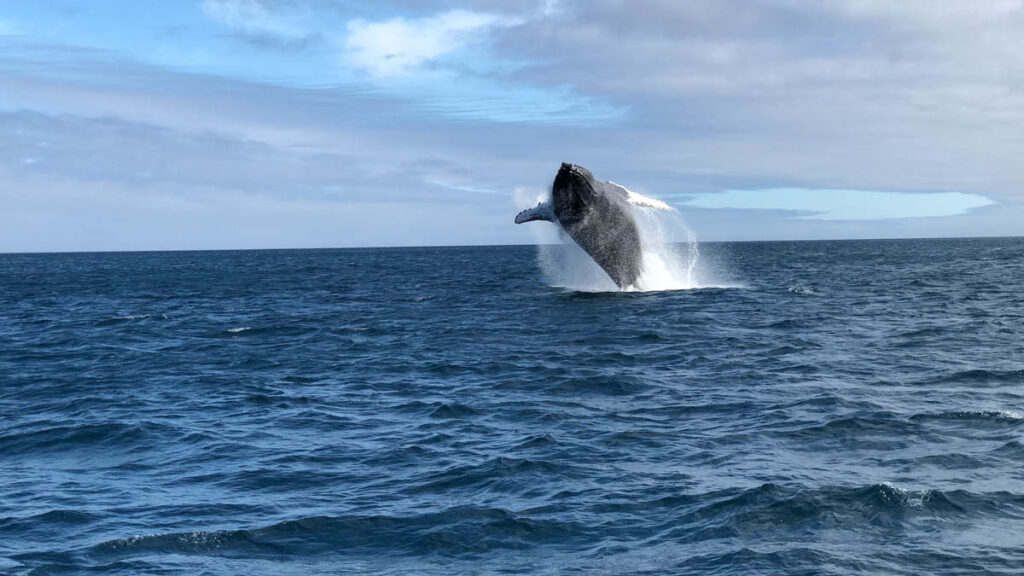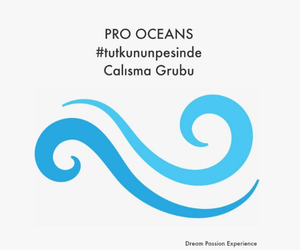Ecuador is a small country with outsized appeal for divers. From the world-class pelagic encounters of the Galápagos Islands to warm, coral-rich coastal reefs and the much-talked-about Isla de la Plata (“the poor man’s Galápagos”), Ecuador offers dramatically different underwater worlds within a few hours’ travel of each other. For adventure-seeking divers the choice is deliciously simple: chase the big animals on a Galápagos liveaboard, or combine a relaxed land-based itinerary along the mainland coast with day trips to reefs and manta aggregations. Either way, what awaits is a showcase of oceanic variety few countries can match.
Why Ecuador?
If you want megafauna — hammerheads, whale sharks, schooling jacks, mobula rays and Galápagos sharks — the Galápagos archipelago is one of the planet’s iconic dive destinations. Remote upwellings and nutrient-rich currents concentrate life into spectacular aggregations that are as thrilling as they are photogenic. For travellers wanting to balance cost and comfort, Ecuador’s mainland Pacific coast delivers warm-water diving, clearer conditions for beginner and intermediate divers, and accessible sites like Isla de la Plata where mantas and schooling fish are reliably sighted. Together these two coasts give Ecuador something most destinations lack: both cold-water pelagic spectacle and sunny, relaxed reef diving on the same trip.
The Big Ticket: Galápagos – why go, and what to expect
The Galápagos Islands are a bucket-list destination for divers because of their concentration of apex and pelagic species, and because many of the best sites are only accessible by liveaboard. Expect strong currents, deep drop-offs and encounters with large animals — the dives here are thrilling but often suited to experienced divers comfortable with drift dives and cold, nutrient-rich water. The classic “must-dive” locations are Darwin and Wolf islands: these isolated pinnacles are famous for near-guaranteed hammerhead schools, Galápagos sharks and, during peak months, whale sharks. Visibility and water temperature vary with seasons (see below), and most serious Galápagos itineraries revolve around multiple-night liveaboards that give you access to the remote northern islands.
Practical note: most divers reach the Galápagos via flights from Quito or Guayaquil to Baltra (GPS) or San Cristóbal (SCY). Before you board, expect a mandatory baggage biosecurity check and the requirement to pay a Transit Control Card and a Galápagos National Park entrance fee — small but important administrative steps that protect this fragile environment. Many operators assist with fees and paperwork to keep logistics smooth.
Best season — planning for the megafauna
If large animal encounters are your priority, the prime diving season in the Galápagos runs broadly from June through October, when colder, nutrient-rich currents arrive and pelagic action peaks (hammerheads and whale sharks are more commonly sighted in this window). December–May is warmer, often with better surface weather and slightly different wildlife behaviours — still excellent, but with different highlights. For mixed itineraries (liveaboard + mainland), factor in both the Galápagos seasonality and the calmer, warmer coastal conditions.
Mainland Ecuador: Isla de la Plata and the Machalilla Coast
Not everyone can (or wants to) join a high-end Galápagos liveaboard. Isla de la Plata, part of Machalilla National Park on Ecuador’s Pacific coast, has earned the nickname “the poor man’s Galápagos” because it offers a dose of similar wildlife — including giant oceanic manta rays and diverse reef life — at a fraction of the cost and travel time. Puerto López and nearby towns (Salango, Ayangue) are the coastal hubs for mainland diving, with gentle water temps, friendly dive schools and shore- or boat-based dives that suit both beginners and experienced divers looking to add variety to a trip. Mainland diving also opens up land-based ecotourism: whale-watching, coastal hikes, and cultural stops along Ecuador’s scenic Ruta del Spondylus.

Photo by Bryan Thompson on Unsplash
Typical dive sites you shouldn’t miss
- Darwin & Wolf (Galápagos) — the pinnacles for pelagics; best reached by liveaboard.
- Kicker Rock / León Dormido (San Cristóbal) — dramatic rock pinnacles and accessible day dives that offer strong currents and big fish.
- Punta Vicente Roca (Isabela) — volcanic cliffs, deep walls and frequent turtle and ray sightings; often included on mixed itineraries.
- Isla de la Plata (Mainland coast) — coral gardens and manta ray aggregations; ideal for land-based divers and non-diving companions.
- Puerto López / Salango sites — accessible reefs, good visibility at times of year, excellent for refresher dives and family trips.
Who should dive here?
- Advanced, thrill-seeking divers: Galápagos liveaboards offer intense drift dives and high-probability pelagic encounters — best for those with experience in currents and deep water.
- Families, beginners and mixed groups: Mainland Ecuador and Isla de la Plata provide gentler conditions, excellent shore- or boat-dives, and lower costs.
- Photographers and naturalists: Both coasts reward underwater photographers — Galápagos for dramatic pelagics and the mainland for colorful reefs and mantas.
Practical planning tips
- Book early for liveaboards. Top Galápagos itineraries and cabins fill quickly, especially June–October.
- Bring the right exposure protection. Even in the Galápagos you’ll want a 5mm or 7mm suit (or a drysuit for very cold-sensitive divers) depending on season; mainland waters are warmer but sun protection topside is essential.
- Expect biosecurity checks. The Galápagos enforces luggage inspections and entrance fees; have documentation and cash/cards ready. Many operators help with the Transit Control Card and park fee.
- Combine an itinerary. If time allows, fly into Quito or Guayaquil, spend a few days on mainland coast reefs (and Isla de la Plata if you like mantas), then fly to the Galápagos for a liveaboard — the logistical rhythm works and gives you both warm- and cool-water experiences.
Conservation and responsible diving
Both the Galápagos and Ecuador’s mainland reserves are tightly regulated to protect sensitive habitats. Respect dive limits, adhere to guidelines from Galápagos National Park and Machalilla National Park, and choose operators with verified conservation commitments. Your choice of operator matters—not just for safety, but for long-term protection of the ecosystems that make Ecuador special.
Ecuador asks little more than curiosity and a willingness to be humbled. Dive here and you’ll come away with images of schools of hammerheads cutting across blue horizons, the slow ballet of giant mantas, and a newfound appreciation for how one small country can hold so many of the ocean’s best acts. Whether you’re chasing the drama of the Galápagos or savouring quieter reefs on the mainland, Ecuador delivers variety, wildlife and memories that stick to the soul — and to your dive log.
Get more news and offers from Ecuador and the Galapagos Islands in our News by Destination section.
THE SCUBA NEWS Link !
DemirHindiSG 12 Ağustos 2025-20:06








